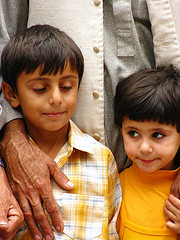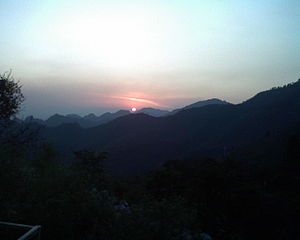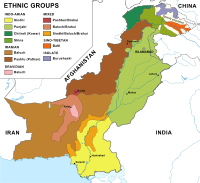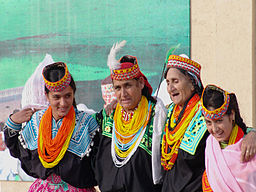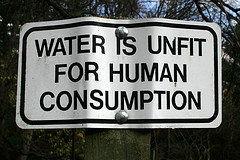Topic outline
|
Skip Upcoming events
Upcoming events
There are no upcoming events
Recent activityActivity since Sunday, 21 April 2024, 7:30 PM
Search forums |

